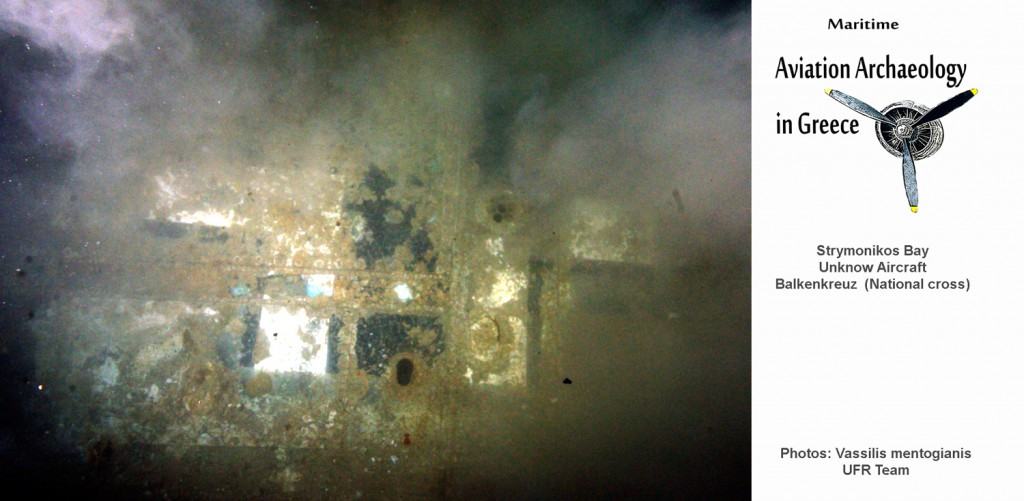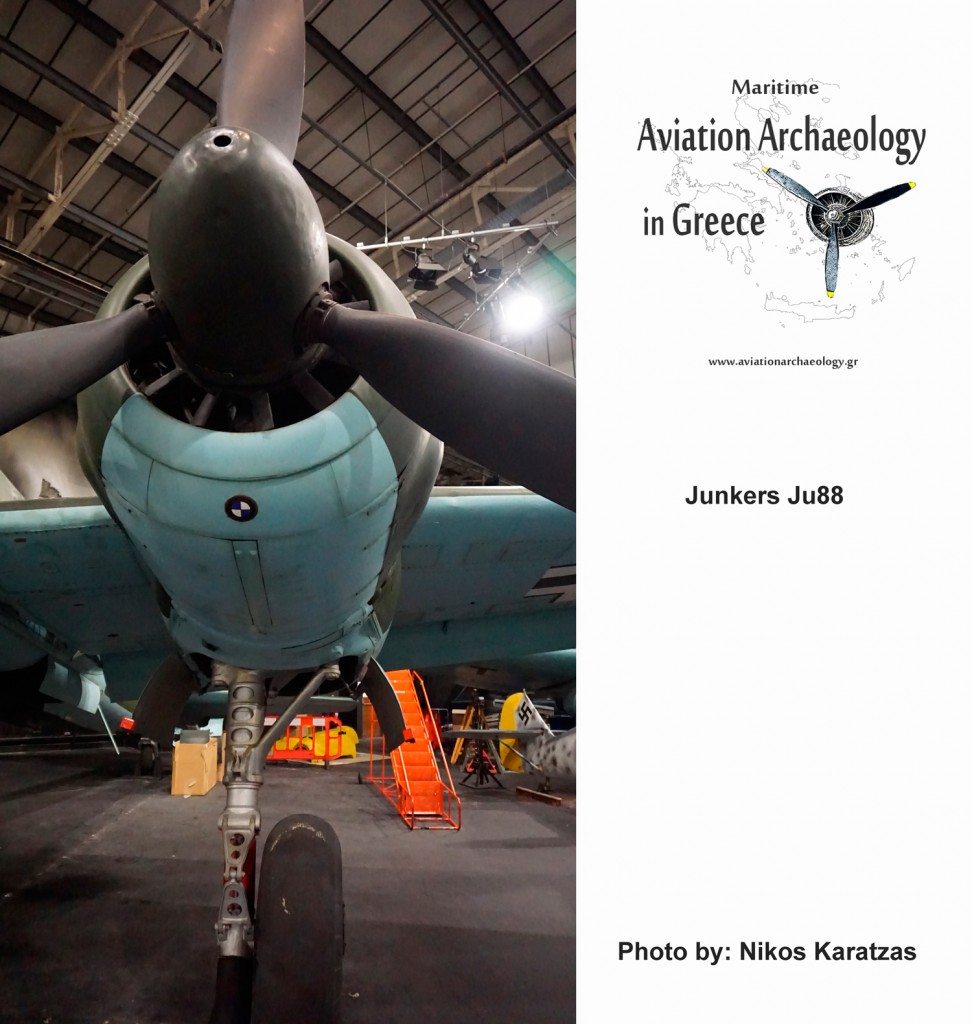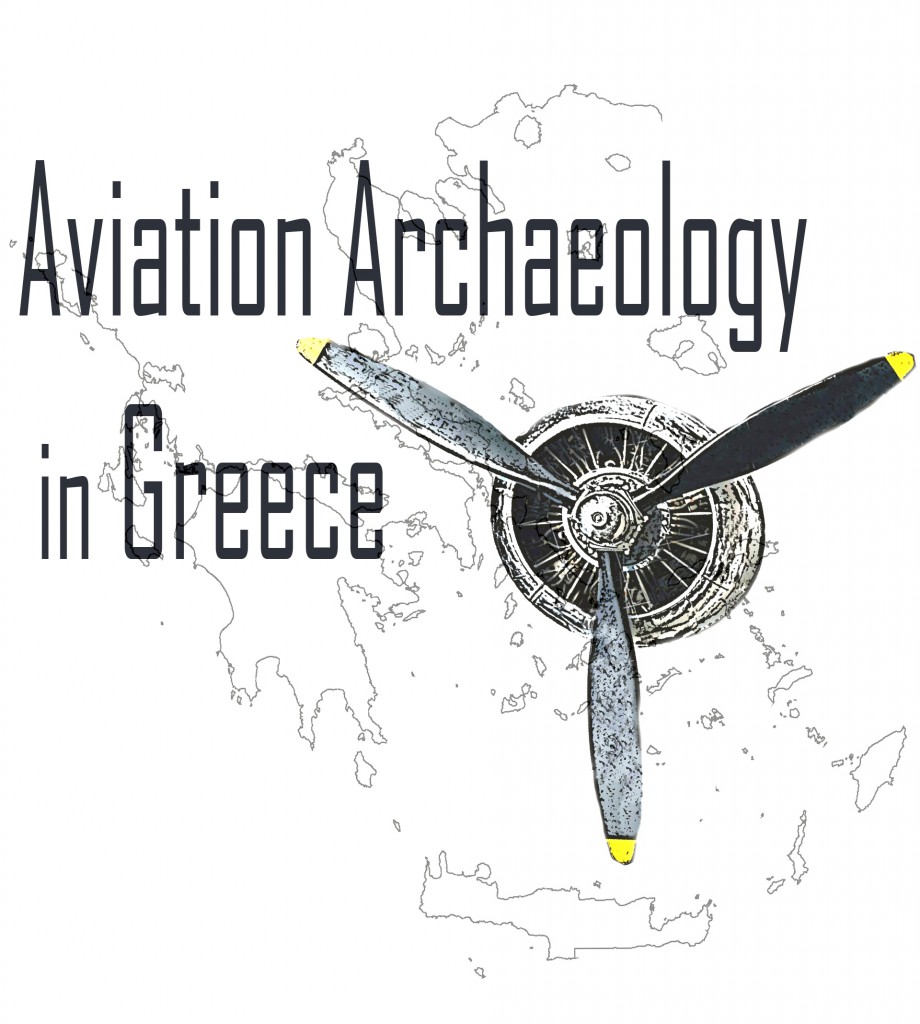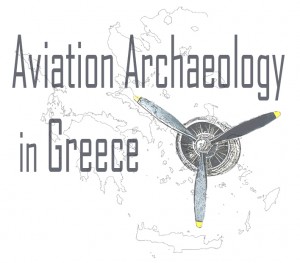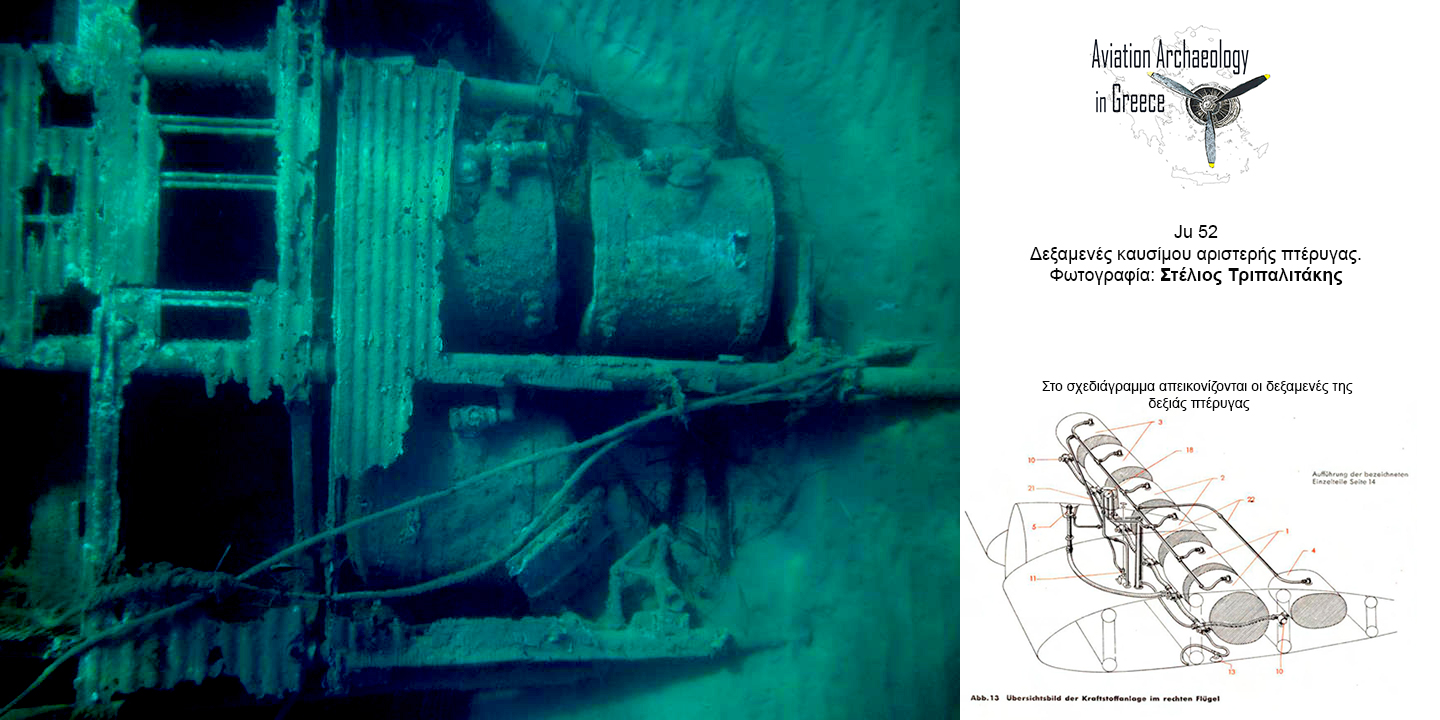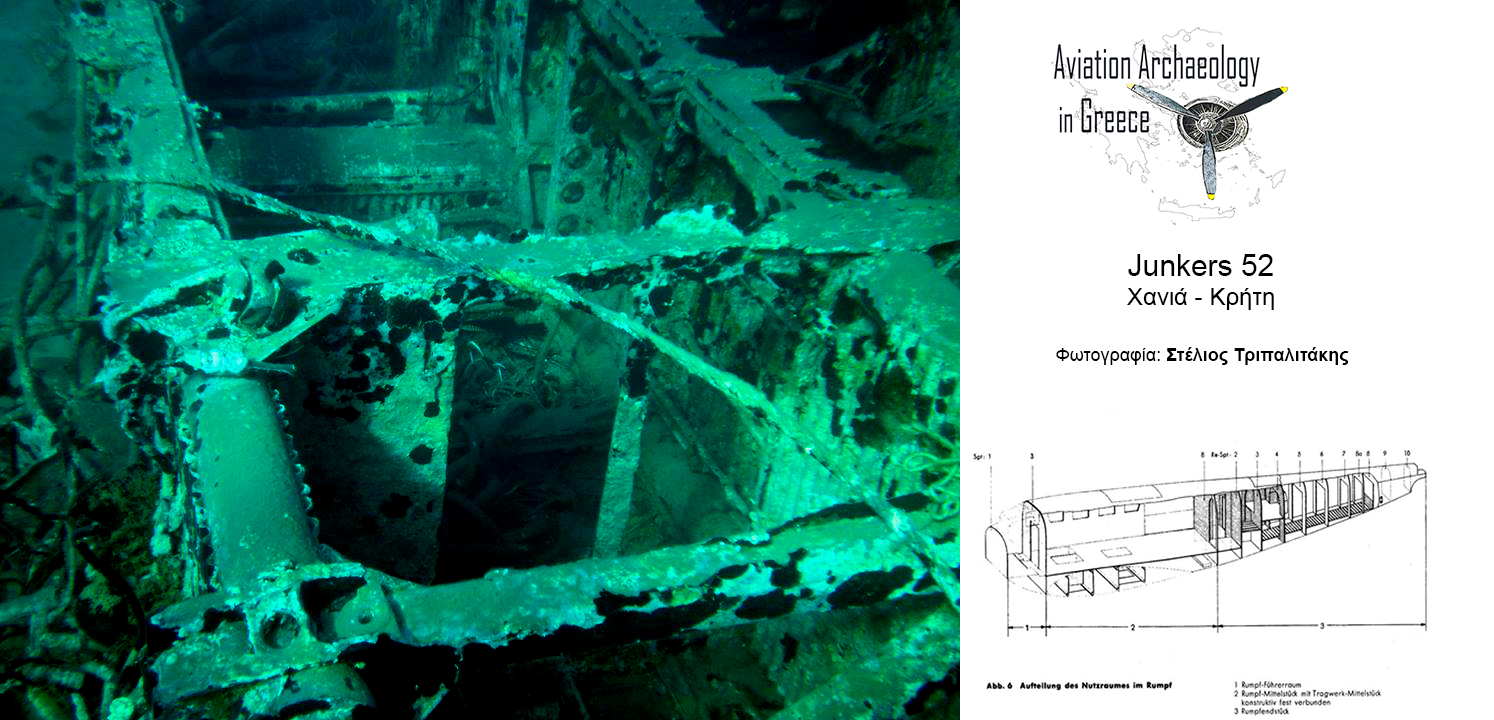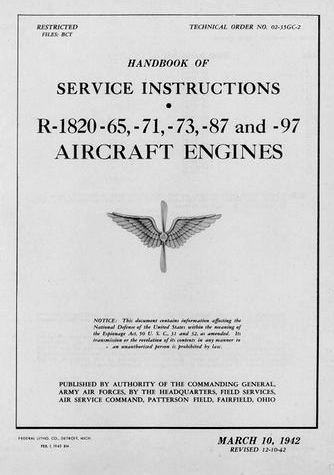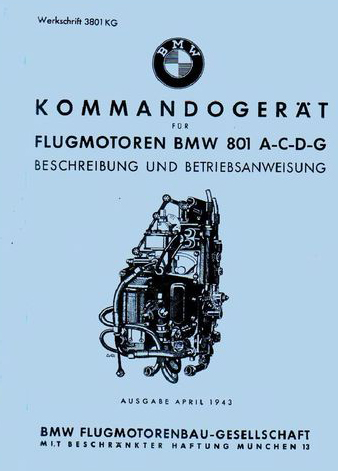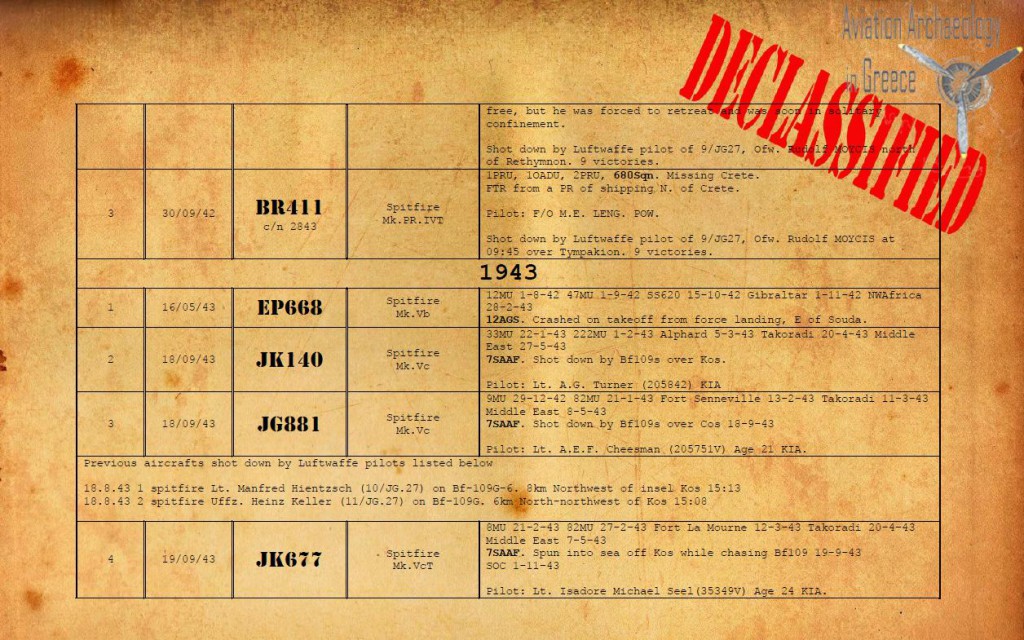Kategorie-Archiv: Uncategorized
(English) Arado Ar196 A3 – Μικρές Κυκλάδες
Junkers – Ju88, Στρυμονικός κόλπος – Strymonic Gulf
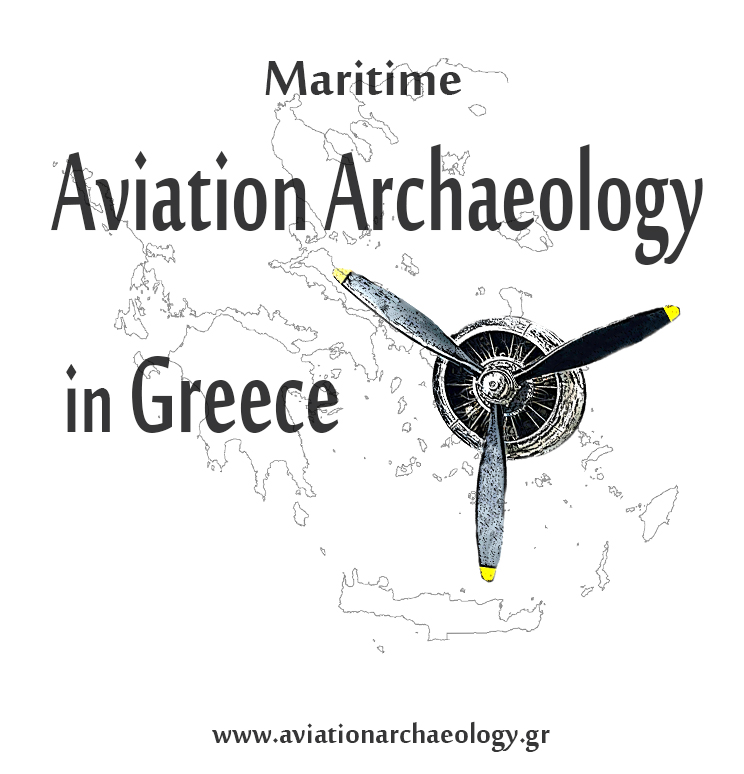
Κατά τη διάρκεια ερευνητικών καταδύσεων εντοπίστηκε από την ομάδα UFR συντρίμμια αεροσκάφους που πιθανότατα ανήκουν σε γερμανικό βομβαρδιστικό Ju88. Την ομάδα αποτελούσαν οι Βασίλης Μεντόγιαννης, Αναστάσης Αγάθος, Γιώργος Καρέλας και Γιάννης Βλαχοπαναγιώτη.
Η έρευνα για την ταυτοποίηση και την ιστορία του αεροσκάφους βρίσκεται σε εξέλιξη….
National markings
From 1933 to 1935, Germany did not officially possess an air force, but the nazification of the civilian airfleet was evident by a replica of the Nazi flag painted on both sides of aircraft fins. This consisted of a bright red band with a white circle in which there was a black Hakenkreuz (swastika), very often standing on one point to emphasize an impression of dynamism and movement. In early 1936, a series of changes came into force. These included the application of the Balkenkreuz (national cross), a Greek cross with four arms of equal length.
This was black with white outline similar to that used on German tanks. The Balkenkreuz was placed on both sides of an aircraft’s fuselage at midpoint between the wing and tail units. It was also painted on the wings, both on upper and undersurface. This emphasized the importance of identifying friend and foe in a campaign where close cooperation between ground-attack aircraft and dive bombers and the assaulting armored forces was a fundamental feature of the Blitzkrieg.
The aircraft of the German Legion Condor that took part in the Spanish Civil War were repainted, as Germany was not officially at war against the Spanish Republic. Instead of Balkenkreuz and Hakenkreuz, they carried a white Andrea’s cross in a black circle on both sides of the fuselage, while fins and rudders had a black Andrea’s cross on a white background. The conspicuous red/white/black swastika painted on fins and rudders was discarded and replaced in late 1938 by a simple black swastika, often with a thin white outline. In the case of ambulance airplanes, the black and white Balkenkreuz was replaced by a red cross on a circular white background.
Later in the war, there were several variations on the Balkenkreuz theme. For camouflage purposes, the cross was often merely outlined in white or black with the center left in the basic color. [ Aircraft of the Luftwaffe, 1935–1945 An Illustrated Guide JEAN-DENIS G.G. LEPAGE]
June 2016, during diving research the UFR team found aircraft wreckage. Probably belong to a German bomber Ju88. The team consisted of Vassilis Mentogiannis, Anastasis Agathos, George Karelas. This research is to evaluate the archaeological potential of locating and surveying planes and shipwrecks in Strymonic bay.
The research for the identification of the aircraft is in progress …
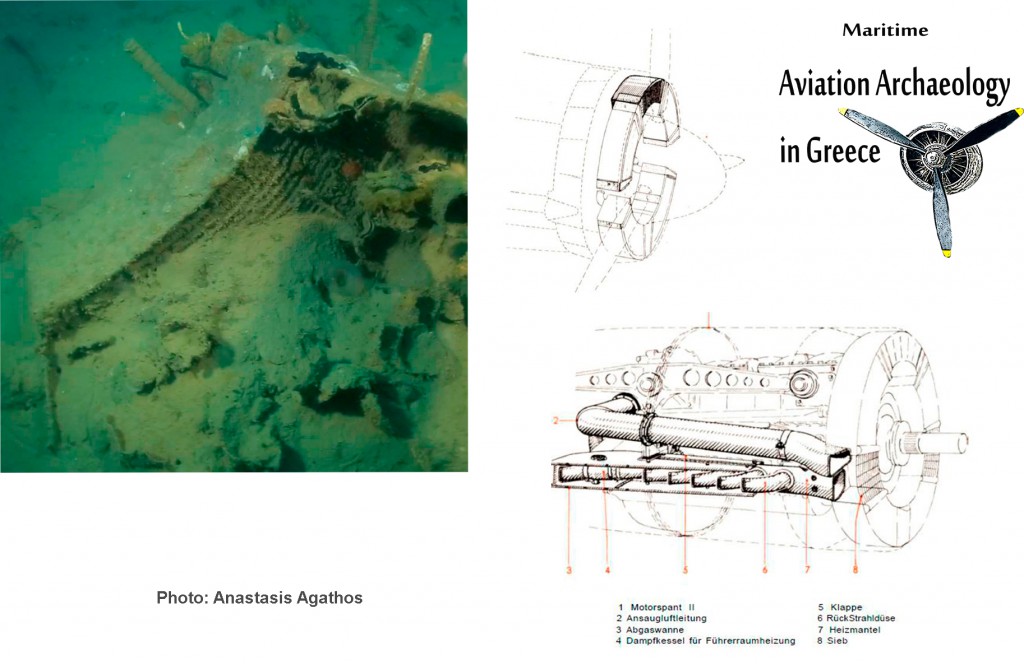
Η ταυτοποίηση στη φωτογραφία πραγματοποιήθηκε από τον Νίκο Καρατζά. The identification of aircraft wreckage (photo) carried by Nikos Karatzas
Supermarine Spitfire, Survey Project 2016
Επιμέλεια: Νίκος Καρατζάς
Supermarine Spitfire, Survey Project 2016, text in EnglishAAG _Supermarine Spitfire, Survey Project 2016
Supermarine Spitfire, Survey Project 2016
Το Supermarine Spitfire υπήρξε ένα από τα πιο διάσημα καταδιωκτικά αεροσκάφη όλων των εποχών και σύμβολο της Βρετανικής αεροπορίας (RAF). Χρησιμοποιήθηκε ευρύτατα από τη RAF και τις συμμαχικές αεροπορίες στη διάρκεια του Β΄ Παγκοσμίου Πολέμου.

71 χρόνια μετά……
Η αφορμή διεξαγωγής έρευνας για τον εντοπισμό των αεροσκαφών Spitfire δόθηκε από τις αναφορές που παρουσιάζονται στη λίστα απωλειών „Supermarine Spitfire losses in Greece 1942-1953“ που έχει επιμεληθεί ο Μανώλης Μπαρδάνης αλλά και στο “Λεύκωμα Πεσόντων”, στην επίσημη ιστοσελίδα της Πολεμικής Αεροπορίας. [2]
Το χρονικό διάστημα μεταξύ 4ης Απρίλιου – 7ης Αυγούστου 1945, κατέπεσαν στην περιοχή της Βάρης τρία αεροσκάφη τύπου Supermarine Spitfire, τα οποία ανήκαν στις Μοίρες Διώξεως 335 και 336 της τότε Ελληνικής Βασιλικής Αεροπορίας (Ε.Β.Α). Σύμφωνα με τις αναφορές δυο εξ αυτών κατέπεσαν στην ευρύτερη θαλάσσια περιοχή ενώ για το τρίτο δεν διευκρινίζεται το σημείο πτώσης.
335η & 336η Β.Ε.Μ.Δ
Οι πρώτες Ελληνικές Μοίρες Διώξεως συγκροτηθήκαν στη διάρκεια του 2ου Παγκοσμίου Πολέμου στην Μέση Ανατολή.
Τον Οκτώβριο του 1941, συγκροτήθηκε στο αεροδρόμιο Ακίρ της Παλαιστίνης η 335 Βασιλική Ελληνική Μοίρα Διώξεως (Β.Ε.Μ.Δ), η παλαιότερη Μοίρα της ΠΑ, με 8 αεροσκάφη Hawker Hurricane MkI, στη συνέχεια με Hawker Hurricane MkII και αργότερα τον Δεκέμβριο του 1943 τα αεροσκάφη αυτά αντικαταστάθηκαν με Supermarine Spitfire Mk Vb/Vc.
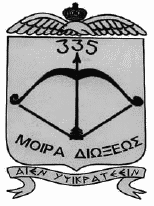
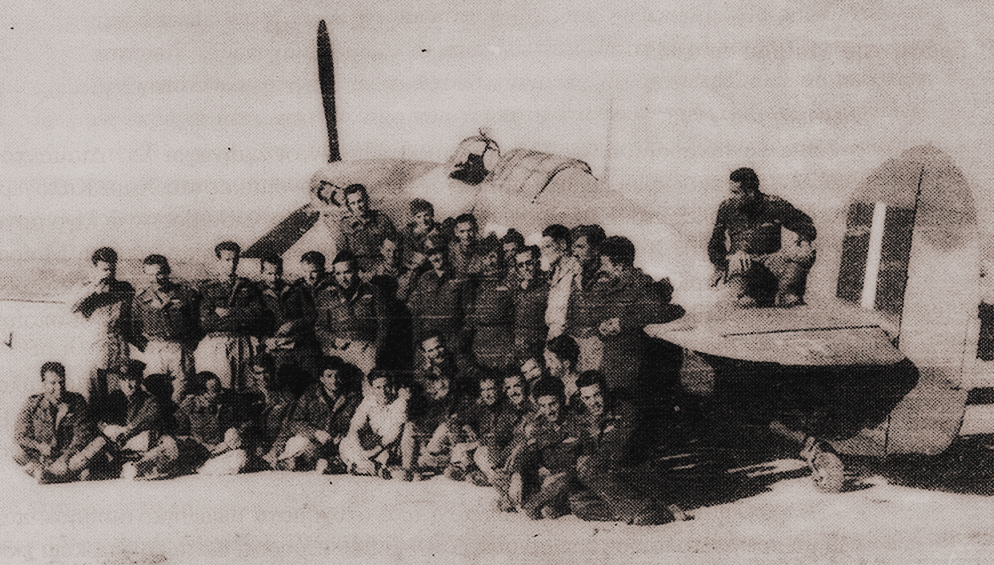

Η 336 Β.Ε.Μ.Δ συγκροτήθηκε τον Φεβρουάριο του 1943 στο αεροδρόμιο Αλμάζα κοντά στο Κάιρο με 21 αεροσκάφη Hawker Hurricane MK lIc.
To δυναμικό του πυρήνας των χειριστών αλλά και των τεχνικών προερχόταν από την 335 Μ.Δ.
Επέστρεψαν στην Ελλάδα στις 11 Νοέμβριου 1944. [3]
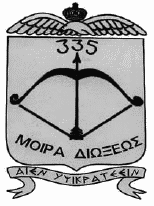
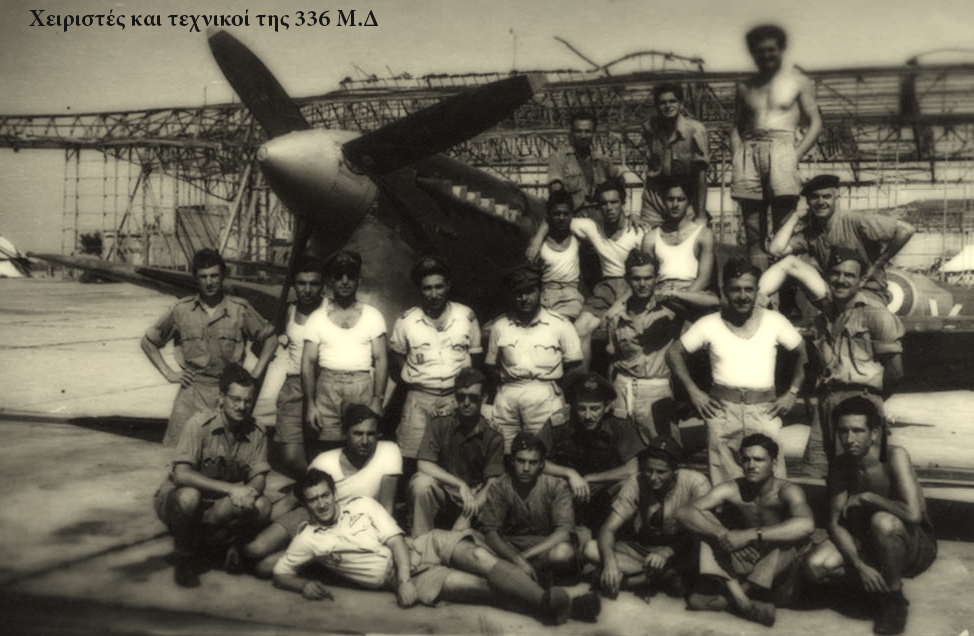
Κατά την πτώση των Supermarine Spitfire έχασαν την ζωή τους οι χειριστές:
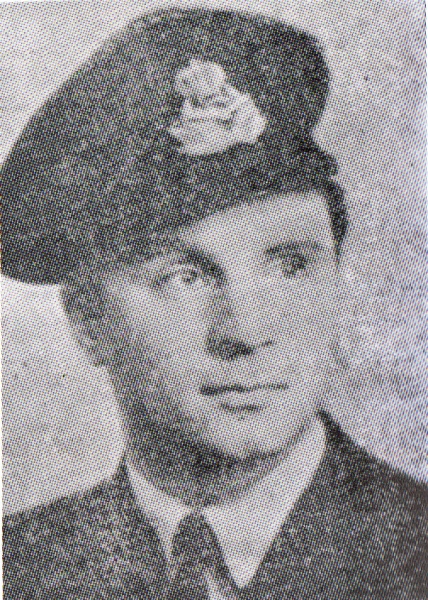
Ανθυποσμηναγός ΝΙΚΟΛΟΠΟΥΛΟΣ ΓΕΩΡΓΙΟΣ του Ιωάννου
Γεννήθηκε το 1921 στα Τρίκαλα Κορινθίας.
Τον Σεπτέμβριο του 1939 εισήλθε στο Τμήμα Υπαξιωματικών της Σχολή Αεροπορίας. Αποφοίτησε τον Μάρτιο του 1941 με τον βαθμό του Σμηνία και ακολούθως έφυγε για τη Μέση Ανατολή, όπου πήρε μέρος στις εκεί διεξαγόμενες επιχειρήσεις κατά του Άξονα.
Σκοτώθηκε στις 4 Απριλίου 1945 έξω από τις ακτές της Βάρκιζας κατά την εκτέλεση αποστολής ανιχνεύσεως για την ανεύρεση φίλιου αεροσκάφους, όταν το αεροσκάφος του τύπου Spitfire της 336ης Μοίρας Διώξεως, πετώντας χαμηλά, προσέκρουσε στην επιφάνεια της θάλασσας και συνετρίβη.
Αεροσκάφος: Supermarine Spitfire
 Σμηναγός ΑΡΓΥΡΟΠΟΥΛΟΣ ΠΑΝΑΓΙΩΤΗΣ του Αθανασίου
Σμηναγός ΑΡΓΥΡΟΠΟΥΛΟΣ ΠΑΝΑΓΙΩΤΗΣ του Αθανασίου
Γεννήθηκε το 1915 στη Μυτιλήνη.
Τον Οκτώβριο του 1935 εισήλθε στο Τμήμα Υπαξιωματικών της Σχολής Αεροπορίας και αποφοίτησε τον Σεπτέμβριο του 1937 με τον βαθμό του Σμηνία. Πήρε μέρος στις επιχειρήσεις του Ελληνοϊταλικού Πολέμου του 1940-41 και αργότερα της Μέσης Ανατολής, υπηρετώντας στην 335ης Μοίρα Διώξεως.
Σκοτώθηκε στις 15 Ιουνίου 1945 στον Όρμο Βάρης κατά την εκτέλεση αποστολής, όταν το αεροσκάφος Spitfire στο οποίο επέβαινε, της 335ης Μοίρας Διώξεως προσέκρουσε στη θάλασσα, κοντά στο στόχο και βυθίστηκε μαζί του.
Αεροσκάφος: Supermarine Spitfire ΒR 375/B
Αεροσκάφος: Supermarine Spitfire ΒR 375/B
 Αρχισμηνίας ΚΩΣΤΑΡΑΣ ΠΑΝΑΓΙΩΤΗΣ του Δημητρίου
Αρχισμηνίας ΚΩΣΤΑΡΑΣ ΠΑΝΑΓΙΩΤΗΣ του Δημητρίου
Γεννήθηκε το 1918 στη Μαναγούλη Φωκίδας. Τον Σεπτέμβριο του 1939 εισήλθε στο Τμήμα Υπαξιωματικών της Σχολής Αεροπορίας. Αποφοίτησε τον Μάρτιο του 1941 με τον βαθμό του Σμηνία χειριστή.
Μετά την κατάρρευση του Ελληνικού Μετώπου διέφυγε στη Μέση Ανατολή, όπου πήρε μέρος στις εκεί πολεμικές επιχειρήσεις.
Σκοτώθηκε στις 7 Αυγούστου 1945 στη Βάρκιζα Αττικής, λόγω αεροπορικού ατυχήματος με αεροσκάφος Spitfire της 335ης Μοίρας Διώξεως κατά την εκπαίδευση.
(Δεν διευκρινίζεται αν η θάλασσα ήταν το σημείο πτώσης)
Αεροσκάφος: Supermarine Spitfire ΕR 194 [2]
Μεθοδολογία έρευνας
Η έρευνα έχει προγραμματιστεί για τον Μάιο του 2016, και περιλαμβάνει την ευρύτερη θαλάσσια περιοχή του όρμου Βάρης η οποία και απεικονίζεται στους παρακάτω χάρτες.
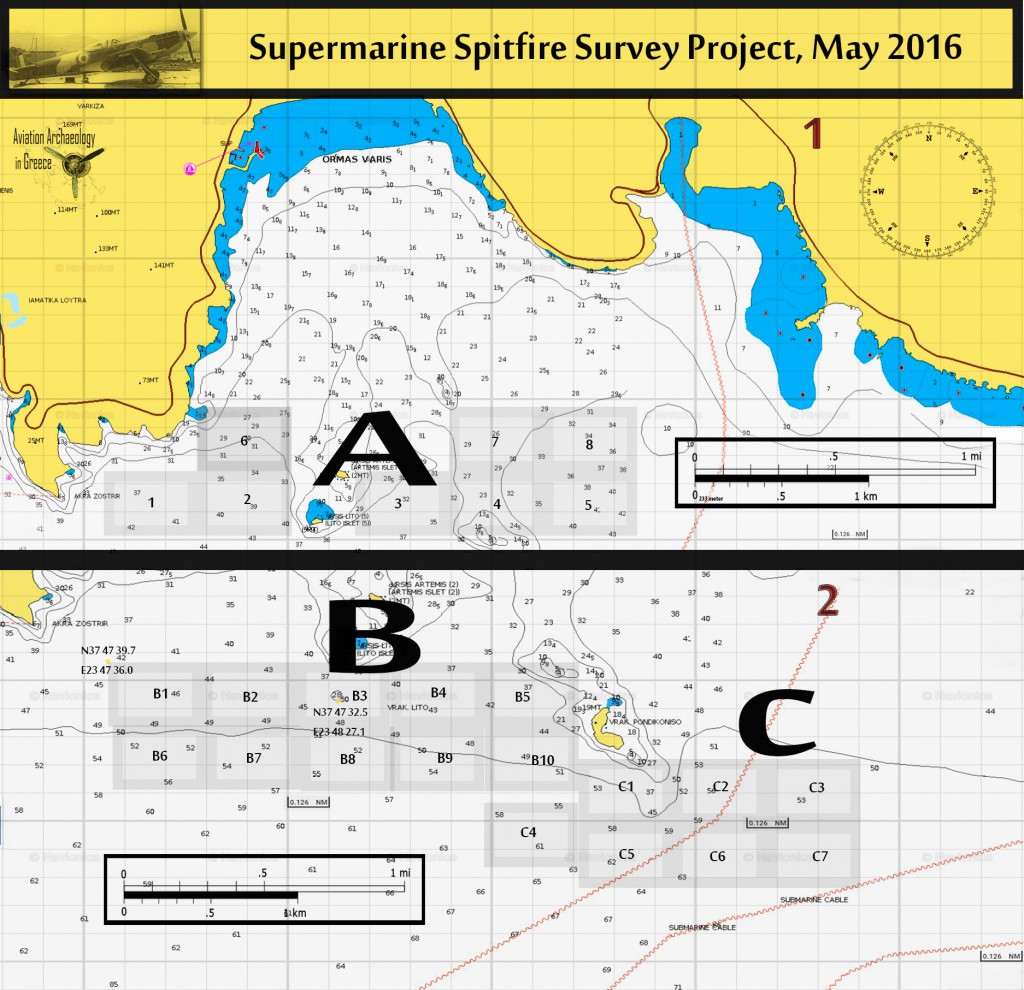
Ο εντοπισμός τμημάτων των αεροσκαφών είναι δύσκολος και αυτό οφείλεται κατά κύριο λόγο στον μικρό όγκο των αεροσκαφών Spitfire αλλά και στην απουσία μαρτυρίας ή ενδείξεων για το πιθανό σημείο συντριβής. Το βάθος στην περιοχή έρευνας κυμαίνεται από 20 έως 65 μέτρα.
Η θαλάσσια επιφάνεια που θα καλυφτεί στη διάρκεια της έρευνας ανέρχεται σε 3 ΝΜ2, ίση περίπου με 10 km2.
Για πιο αποδοτική και καλύτερη κατανομή της έρευνας η περιοχή που έχει επιλεγεί έχει διαιρεθεί σε 3 τομείς όπου κάθε ένας από αυτούς έχει υποδιαιρεθεί σε τμήματα του 1 ΝΜ.
Κατά τη διάρκεια της έρευνας θα πραγματοποιηθεί σάρωση του βυθού με τη χρήση Side Scan Sonar και ROV ενώ αργότερα θα πραγματοποιηθούν καταδύσεις σε στόχους που έχουν εντοπιστεί και επιλεγεί.

Spitfire – Ιστορικές φωτογραφίες
Περίοδος χρήσης Supermarine Spitfire στην Ελλάδα.
Το 1943, η Ελλάδα παρέλαβε τα πρώτα Supermarine Spitfire Mk VB/VC εφοδιάζοντας την 335 Μ.Δ και αργότερα την 336 Μ.Δ. οι οποίες είχαν βάση στη Μέση Ανατολή. Από το 1947 χρησιμοποιήθηκαν για εκπαιδευτικούς σκοπούς στη Σχολή Αεροπορίας ενώ το 1953 αποσύρθηκαν από την ενεργό δράση.
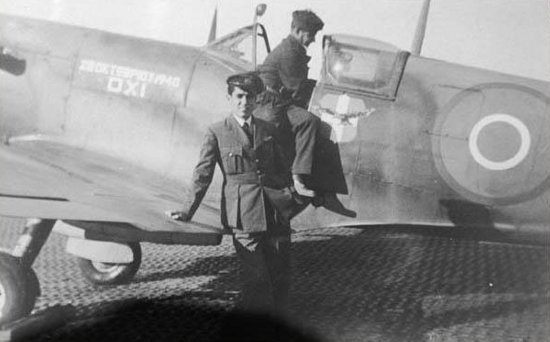
Supermarine Spitfire Mk.VB της 336 Μ.Δ
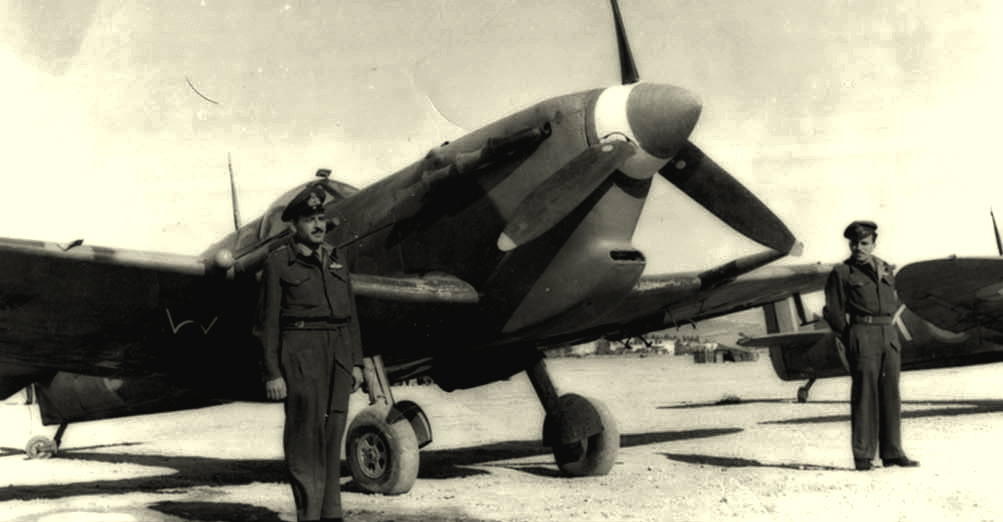
Νοέμβριος 1944 Επιστροφή στην Ελλάδα. Αεροδρόμιο Ελληνικού (Χασάνι)
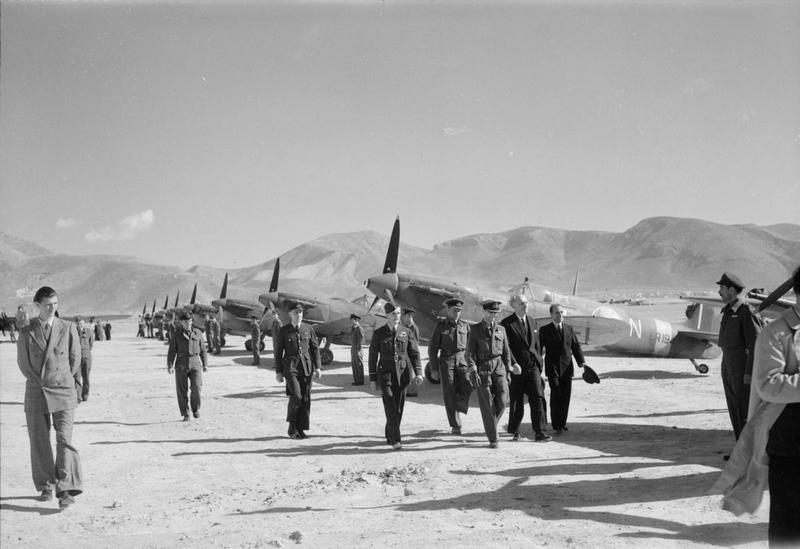
Νοέμβριος 1944
Ο Πρωθυπουργός Γεωργ. Παπανδρέου επιθεωρεί και συγχαίρει το προσωπικό των
τριών Μοιρών στο αεροδρόμιο του Ελληνικού (Χασάνι)
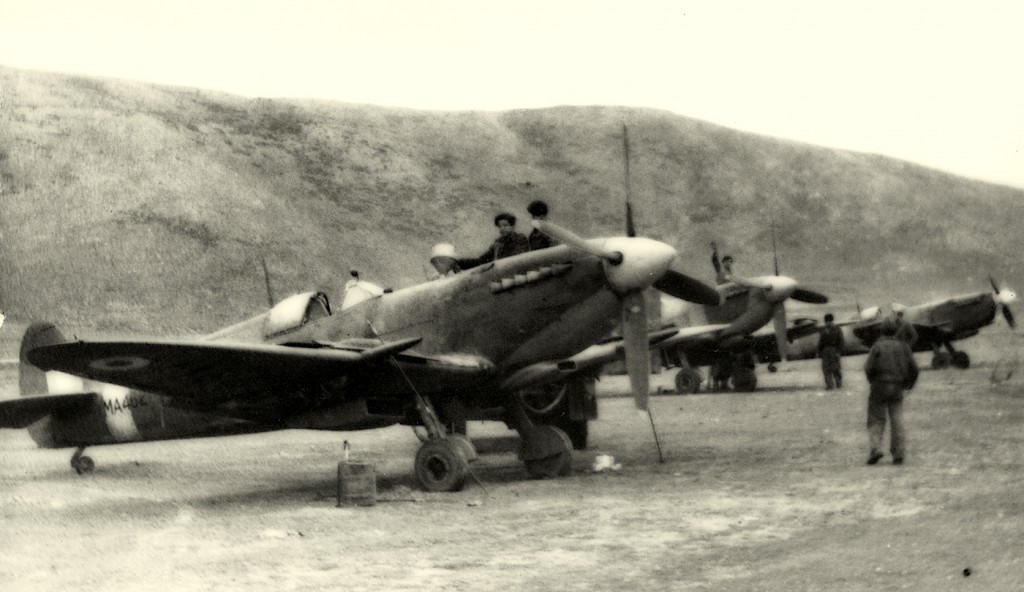 1948, Supermarine Spitfire στο αεροδρόμιο των Ιωαννίνων
1948, Supermarine Spitfire στο αεροδρόμιο των Ιωαννίνων
Supermarine Spitfire, Survey Project 2016 Σε αρχείο PDF
Βιβλιογραφία – Αναφορές
• ΙΣΤΟΡΙΑ ΤΗΣ ΕΛΛΗΝΙΚΗΣ ΠΟΛΕΜΙΚΗΣ ΑΕΡΟΠΟΡΙΑΣ Γ‘ ΤΟΜΟΣ, 1930 – 1941
Έκδοση Υπηρεσίας Ιστορίας Αεροπορίας Αθήνα 1990.
• ΙΣΤΟΡΙΑ ΤΗΣ ΕΛΛΗΝΙΚΗΣ ΠΟΛΕΜΙΚΗΣ ΑΕΡΟΠΟΡΙΑΣ Δ‘ ΤΟΜΟΣ, 1941 – 1944
Έκδοση Υπηρεσίας Ιστορίας Αεροπορίας Αθήνα 1980.
• ΟΠΛΑ ΚΑΙ ΚΑΤΑΡΡΙΨΕΙΣ ΤΗΣ ΕΛΛΗΝΙΚΗΣ ΑΕΡΟΠΟΡΙΑΣ 1940 – 1941
Νικόλαος Χριστοφίλης, Δούρειος Ίππος
• ΟΙ ΜΟΙΡΕΣ ΤΗΣ ΕΡΗΜΟΥ – Πανελλήνιος Σύνδεσμος Βετεράνων Αεροπορίας, Αθήνα 2004
• Ελληνική Αεροπορία, Συνοπτική Ιστορία 1908-1944, Πολεμική Αεροπορία.
• Η ΑΕΡΟΠΟΡΙΑ ΣΤΟΝ ΠΟΛΕΜΟ ΤΟΥ ’40 – Ηλία Δ. Καρταλαμάκη. Αθήνα 1990.
• ΠΕΤΩΝΤΑΣ ΣΕ ΞΕΝΟΥΣ ΟΥΡΑΝΟΥΣ 1941-1944 – Ηλία Δ. Καρταλαμάκη. Αθήνα 1993.
Παραπομπές
[1]Supermarine Spitfire losses in Greece 1942-1953
[2] http://www.pasoipa.org.gr/lefkoma/soma_browse/hellenic_airforce/
[3] https://www.haf.gr
[4] https://el.wikipedia.org/wiki/Supermarine_Spitfire
List of aircraft engines of Germany during World War II
List of aircraft engines of Germany during World War II
This is a list of all German Motors including all aircraft engines, rocketmotors, jets and any other powerplants, along with a very basic description.
The RLM used an internal designation system that included a number signifying the engine type, 9 for piston engines and 109 for jets and rockets, followed by a manufacturer‚s code.
Each company was assigned a block of numbers for their designs:
* 090–099 – various minor manufacturers
* 100–199 – Bayerische Motorenwerke GmbH (BMW); later changed to 800 block
* 200–299 – Junkers Flugzeug– und Motorenwerke A.G.
* 300–399 – BMW–Flugmotorenwerke Brandenburg GmbH (BMW–Bramo)
* 400–499 – Argus–Motoren GmbH
* 500–599 – Heinkel Hirth Motoren GmbH
* 600–699 – Daimler–Benz A.G.
* 700–799 – Klöckner–Humboldt–Deutz A.G.
* 800–899 – Bayerische Motorenwerke GmbH (BMW)
Using this system the famous BMW engine used in the Focke Wulf Fw 190 would be known as the 9 – 801. Howeverthis system was not widely used, even within the RLM, and a common name consisting of the manufacturer‚s name(often abbreviated) followed by the model number was much more common. The list below uses the common BMW 801 instead of the official 9–801.
Engines produced before the RLM‚s designation system was set up are often listed using the same basicterminology. So while the interwar Argus 10 engine can be referred to as the As 10, it is not correct to call it the 9–10,this designation was never applied.
The Luftwaffe also used engines from France, the Gnôme–Rhône at its Me–323 „Gigant“ transporter.
(incomplete listings)
Notable engines:
BMW 003
BMW 801
HWK 109–509
Piston Engines (Motors):
Argus Motoren
*Argus As 10 air–cooled, inverted V–8 engine
*Argus As 401 eight–cylinder
*Argus As 402
*Argus As 410 12–cylinder, air–cooled
*Argus As 411 larger development of the 410
*Argus As 412 H–block development of the 410
*Argus As 413
=Bayerische Motorenwerke=
*BMW 112 12–cylinder, (prototype)
*BMW 114 9–cylinder radial diesel, water–cooled (prototypes)
*BMW 116
*BMW 132 9–cylinder radial, air–cooled
*BMW 139 18–cylinder two–row radial, air cooled (prototype)
*BMW 801 14–cylinder two–row radial, air cooled
*BMW 802 experimental, 18–cylinder two–row radial
*BMW 803 expermiental, 28–cylinder liquid–cooled four–row radial
*BMW 804
*BMW 804
BMW–Bramo
*Bramo 323
Daimler–Benz
*DB 600 12–cylinder inverted–V
*DB 601 improved DB 600 with fuel injection
*DB 602
*DB 603 enlarged DB601 for use in bombers and fighter–bombers, little fighter use
*DB 604 (prototype)
*DB 605 improved and slightly enlarged DB601 for use in fighters
*DB 606 composed of twinned DB 601 engines, a coupled „power system“
*DB 607
*DB 609
*DB 610 composed of twinned DB 605 engines, a coupled „power system“
*DB 612
*DB 613 two coupled DB603 engines
*DB 614 24–cylinder
*DB 615
*DB 616
*DB 617
*DB 618
*DB 619
*DB 620
*DB 621 12–cylinder
*DB 622 12–cylinder
*DB 623 12–cylinder
*DB 624
*DB 625
*DB 626
*DB 627 12–cylinder
*DB 628 12–cylinder
*DB 629
*DB 630
*DB 631
*DB 632 12–cylinder
Kloeckner–Humboldt–Deutz
* DZ 710 16–cylinder horizontally opposed diesel
* DZ 720 H–block version of the 710
Hirth Motoren and Heinkel–Hirth
* HM 504 4…
* HM 506 6…
* HM 508 8…
* HM 512 and 12 cylinder air–cooled inverted inlines
Junkers Motoren
* Jumo 205 6–cylinder opposed liquid–cooled diesel
* Jumo 207 improved 205 with a turbocharger
* Jumo 208 prototype development of the 207
* Jumo 210 inverted V–12
* Jumo 211 inverted V–12, mostly for bomber use
* Jumo 213 improved, inverted V–12
* Jumo 222 expermiental 24–cylinder, four–row, liquid–cooled multibank „radial“ engine
* Jumo 223 „box“ engine made of four 207‚s
* Jumo 224 advanced development of the 223
Jet and Rocket Engines:
„(Rocket engines, turboprops, turbojets, and other non–piston engines included)“
„For the Last three digits: 001–499 Air Breathing, 500–999 Non–Air Breathing (Rockets)“
Air–Breathing:
„(turbojets, turboprops, pulsejets, …. )“
*Heinkel HeS 3
*109–001 Heinkel HeS 8
*109–002 BMW–Bramo 002
*109–003 BMW 003 turbojet
*109–004 Junkers Jumo 004 turbojet
*109–005 Porsche 005
*109–006 Junkers/Heinkel 006
*109–007 Daimler–Benz 007
*109–011 Heinkel HeS 11
*109–012 Junkers 012 – developed into the Kuznetsov NK–12 turboprop engine
*109–014 Argus As 014 pulsejet
*109–016 Daimler–Benz 016 turbojet
*109–018 BMW 018 turbojet
*109–021 Heinkel HeS 21 turboprop, (project)
*109–022 Junkers 022
*109–028 BMW 028, (project)
*109–044 Argus 044
Rockets
„(non–air breathing engines: liquid fuel rocket, solid fuel rocket)“
*109–500 Walter
*109–501 Walter, rocket (liquid fuel)
*109–502 Rheinmetall
*109–505 Schmidding, rocket (solid fuel)
*109–506 WASAG
*109–507 Walter
*109–508
*109–509 Walter HWK 109–509 liquid–fuel rocket
*109–510 BMW, 109–511 rocket (liquid fuel)
*109–511 BMW
*109–512 WASAG, rocket (solid fuel)
*109–513 Schmidding
*109–515 Rheinmetall, rocket (solid fuel)
*109–522 WASAG, rocket (solid fuel)
*109–528 BMW
*109–532 WASAG, rocket (solid fuel)
*109–533 Schmidding, rocket (solid fuel)
*109–543 Schmidding, rocket (solid fuel)
*109–515 Rheinmetall
*109–548 BMW
*109–553 Schmidding
*109–558 BMW, rocket (liquid fuel)
*109–559 Walter
*109–563 Schmidding, rocket (solid fuel)
*109–573 Schmidding, rocket (solid fuel)
*109–593 Schmidding, rocket (solid fuel)
*109–603 Schmidding, rocket (solid fuel)
*109–613 Konrad
*109–708 BMW
*109–718 BMW
*109–719 Walter
*109–729 Walter, rocket (liquid fuel)
*109–739 Walter
Other
* Walter R I–203
* Walter R II–203
Junkers – Ju52, Χανιά Κρήτη – Chania Crete
Κείμενο: Νίκος Καρατζάς
Φωτογραφίες ναυαγίου: Στέλιος Τριπαλιτάκης
Η κατασκευή του Ju 52 ξεκίνησε το 1930 σαν μονοκινητήριο αεροσκάφος από την Junkers Flugzeug und Motorenwerke A.G.
Η Junkers Flugzeug ιδρύθηκε το 1895 από τον Hugo Junkers. θεωρείται από τις σημαντικότερες εταιρείες παραγωγής αεροσκαφών στη διάρκεια του 2ου Π.Π. Δημιούργησε και εξέλιξε τα πιο επιτυχημένα μεταλλικά αεροσκάφη της Luftwaffe.
Η πρώτη πτήση με την μορφή που έγινε γνωστό (τρικινητήριο αεροσκάφος) πραγματοποιήθηκε τον Απρίλιο του 1931. Ανάλογα με την χρήση και τη σειρά του αεροσκάφους χρησιμοποιούσαν τρεις κινητήρες Pratt & Whitney, 525/550 HP, καθώς και κινητήρες BMW τύπου 123Α-3, 132Τ/-2 με ισχύει 725 και 830 ίππους αντίστοιχα .
Στο τέλος του πολέμου μόνο 50 από αυτά είχαν πτητική ικανότητα.
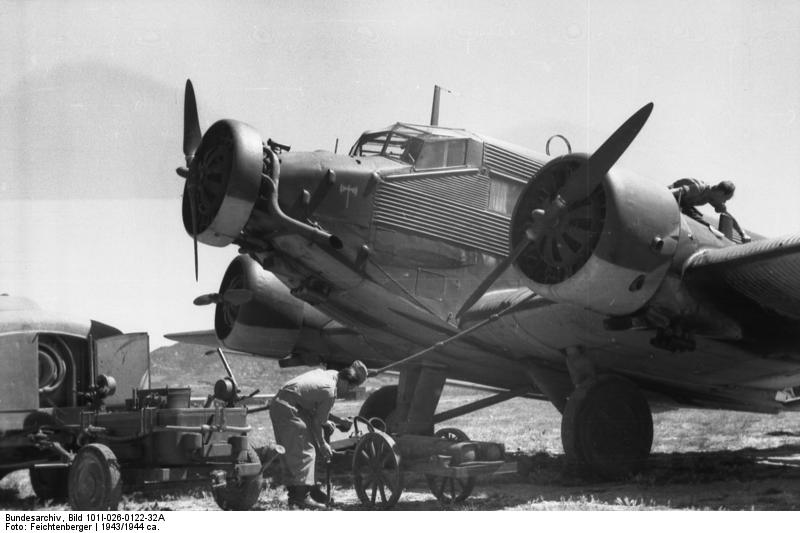
Το Ju 52 είχε πολλαπλούς ρόλους ενώ υπήρξαν 13 παραλλαγές του βασικού μοντέλου. Μεταγωγικό αεροσκάφος όπου στην διάρκεια και για τις ανάγκες του πολέμου χρησιμοποιήθηκε σαν βομβαρδιστικό, για την ρίψη αλεξιπτωτιστών καθώς και για απογειώσεις ανεμοπλάνων.
Η παραγωγή των Ju 52 σταμάτησε στις αρχές του 1945 ενώ κατασκευάστηκαν περίπου 5000 αεροσκάφη.
Junkers – Ju52/3m, Χανιά Κρήτη
Τα συντρίμμια του Ju 52 το οποίο αποτέλεσε το κύριο μεταγωγικό αεροσκάφος των γερμανών βρίσκονται στη νησίδα των Αγίων Θεοδώρων, στο κόλπο Χανίων. Το αεροσκάφος βρίσκεται αναποδογυρισμένο στο βυθό σε βάθος 6 μέτρων.
Μαρτυρίες αναφέρουν ότι το Ju 52 βρέθηκε στο σημείο τη δεκαετία του ’70 από τράτα καθώς πιάστηκε και παρασύρθηκε από τα δίχτυα της.
Αρχείο: Ju52 Betriebsanleitung 1939

Curtiss Wright

Curtiss-Wright Corporation has the most renowned legacy in the aerospace industry. In 1929, Curtiss-Wright was formed by the merger of companies founded by Glenn Curtiss, the father of naval aviation, and the Wright brothers, renowned for history’s first flight. These technological pioneers ushered in the era of aviation and their trailblazing spirit made history. Curtiss-Wright has changed dramatically over the past eight decades, and continues to transform itself to be at the forefront of the markets that we serve.
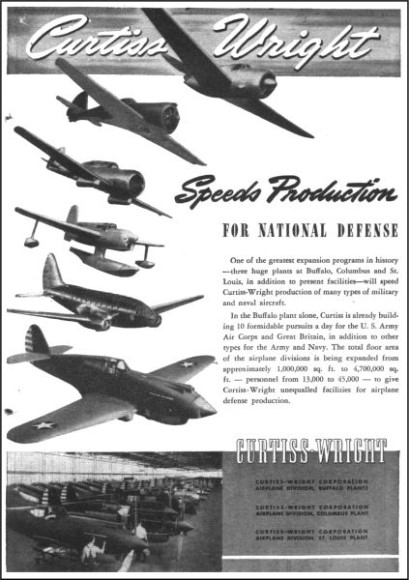
As war clouds formed in Europe, the Armed Forces of the United States began to accelerate defense preparations and Curtiss-Wright played a major part in the production of armaments for the war effort. Curtiss-Wright’s incredible record of mass production, scale-up and management during World War II is a matter of documented history.
In 1940, Curtiss-Wright introduced the famous P-40 War Hawk, which through December, 1944 was to have a production run of 13,738 planes and serve with distinction in the Air Forces of 28 nations during World War II. Curtiss-Wright’s aggregate war score: 142,840 aircraft engines; 146,468 electric propellers; 29,269 airplanes which included the Curtiss Commando transport and the Navy dive bomber, the Helldiver.
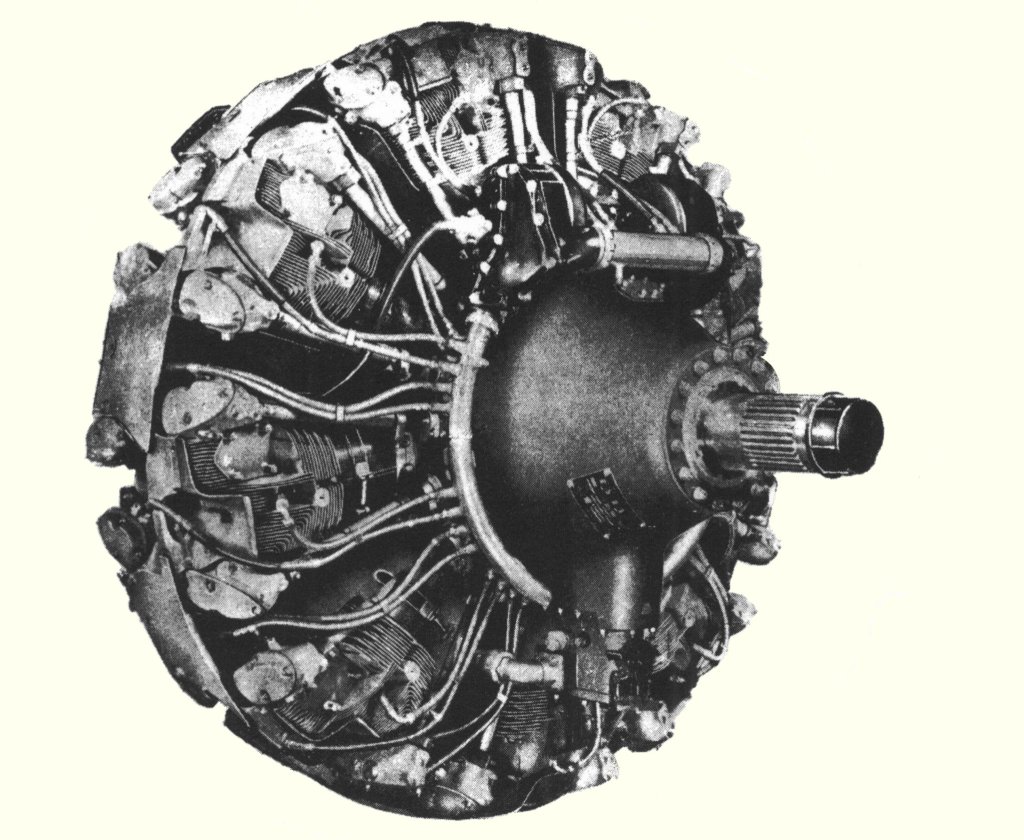
During the war effort the company had been required to place its focus on the development and mass production of reciprocating engines and propellers. With the jet age dawning, the company withdrew from military airplane competition.
Wright R-1820 “Cyclone” PDFBayerische Motorenwerke – BMW

Brandenburgische Motorenwerke GmbH (Bramo) in Berlin-Spandau, previously Siemens Apparate- und Maschinenbau GmbH, and BMW merged the development of air-cooled aero-engines. One year later, shortly before the start of the Second World War, BMW took over Bramo and integrated the Spandau Plant as BMW Flugmotorenwerke Brandenburg GmbH into BMW AG.
During the Second World War, BMW was classified as a German armaments and war materials manufacturer, and devoted its resources almost exclusively to building aircraft engines for the German Air Force. Other plants were opened in addition to those in Munich and Eisenach.
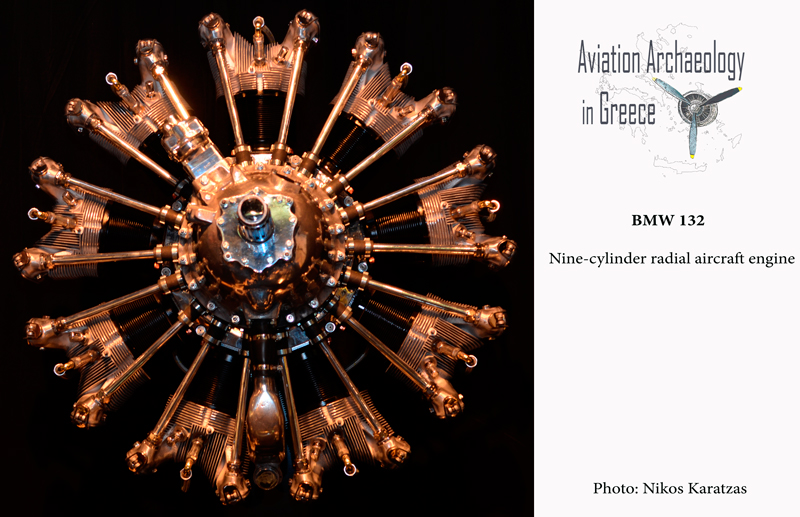
BMW takes on its first foreign workers in 1940, employing them on the factory floor. From 1942, convicts, Eastern European prisoners of war, and predominantly Western European forced labourers are made to work at BMW alongside concentration camp prisoners. As in the majority of German industries, the company’s management has a technocratic approach and is focused on efficiency. The use of forced labour is tacitly approved and accepted. During the Third Reich, forced labourers must work in deeply distressing conditions. Today, BMW is painfully aware of the great human suffering caused by this, and deeply regrets the fate of the forced labourers.
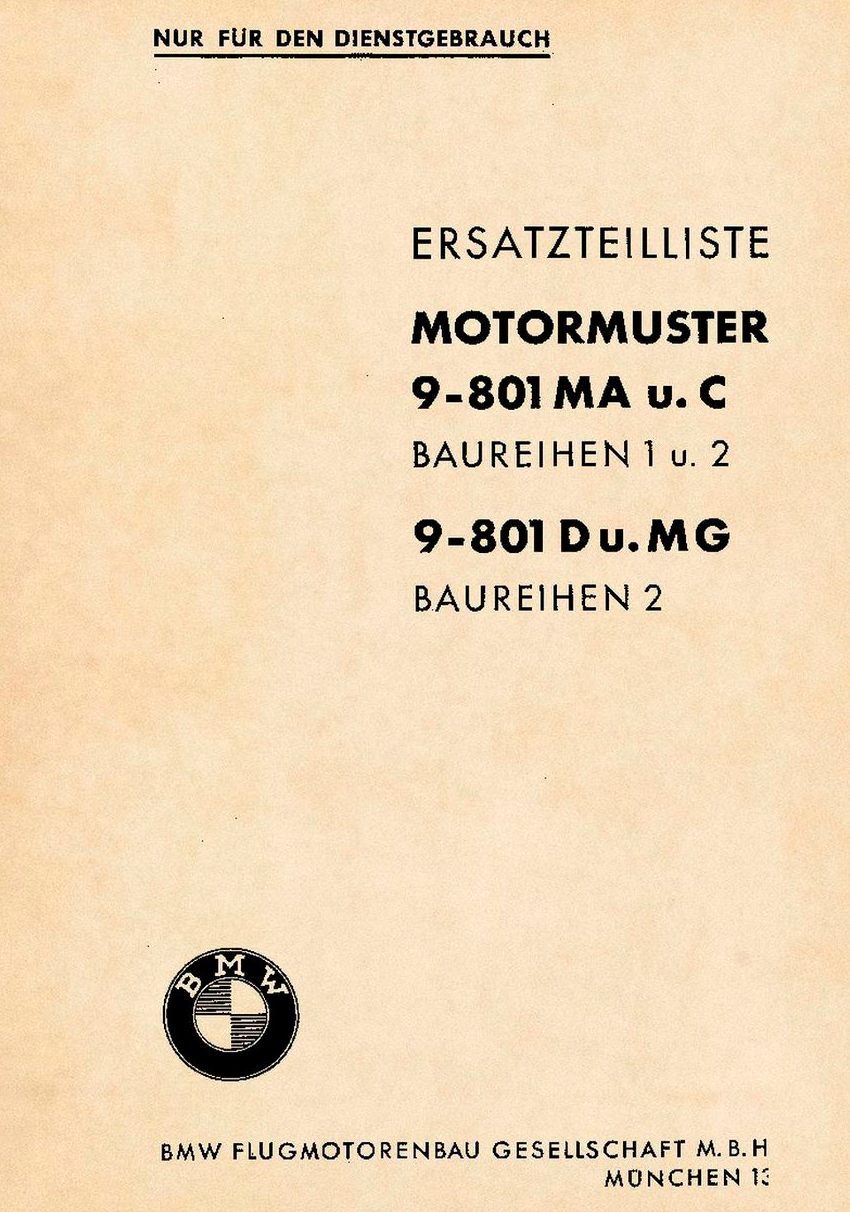
Alpha codes of combat wings (units) and squadrons
Alpha codes of combat wings (units) and squadrons
Buchstabenschlüssel der Kampfverbände der Luftwaff
Πηγή: www.rlm.at

| The alpha codes of fighting units | ||||||||||||||||||||||||
| Standard and exceptions considering the number of groups: | ||||||||||||||||||||||||
|
||||||||||||||||||||||||
|
||||||||||||||||||||||||
|
||||||||||||||||||||||||
|
||||||||||||||||||||||||
|
||||||||||||||||||||||||
|
||||||||||||||||||||||||
Απώλειες Supermarine Spitfire στην Ελλάδα 1942-1953

Απώλειες Supermarine Spitfire στην Ελλάδα 1942-1953
Επιμέλεια: Μανώλης Μπαρδάνης
info@naxosdiving.com
![]() Ο κατάλογος αφορά σε αεροσκάφη τύπου Supermarine Spitfire που απωλέσθηκαν στην Ελληνική επικράτεια.
Ο κατάλογος αφορά σε αεροσκάφη τύπου Supermarine Spitfire που απωλέσθηκαν στην Ελληνική επικράτεια.
Η περισυλλογή των στοιχείων βασίστηκε στα ΑΒ serials και σε αρκετές πληροφορίες από το διαδίκτυο και την βιβλιογραφία που αναφέρεται πιο κάτω. Επίσης όπου ήταν δυνατόν οι πληροφορίες διασταυρώθηκαν με τις καταρρίψεις που φέρονται να έκαναν οι Γερμανοί πιλότοι, τα ονόματα των οποίων καθώς και οι μοίρες που ανήκαν, μαζί με κάποια ακόμη στοιχεία καταγράφηκαν στον κατάλογο.
Σε καμία περίπτωση δεν είναι πλήρης και κάθε νέα πληροφορία που θα προκύπτει θα προστίθεται σε αυτόν.
Οπωσδήποτε κάποια λάθη είναι αναπόφευκτα και ευελπιστούμε σε υποδείξεις και στοιχεία από τον αναγνώστη προκειμένου να εντοπιστούν και να διορθωθούν.

Τα στοιχεία από τα Air Britain serials και κάποια από το διαδίκτυο παραμένουν σε Αγγλική γλώσσα ενώ συμπληρωματικά στοιχεία για Ελληνικά πληρώματα αλλά και όπου κρίθηκε σκόπιμο, μπορεί να αποδίδονται και στα Ελληνικά.
Αρκετοί από τους κωδικούς κατασκευής αυτών των αεροσκαφών είναι εντελώς άγνωστοι, καθώς ήτε δεν ήταν διαθέσιμες πρωτογενείς πηγές, αρχεία και ORBs, ήτε γιατί είχαν καταστραφεί κατά τη διάρκεια ή το τέλος του εμφυλίου πολέμου.
Κατά την διάρκεια του Ελληνικού εμφυλίου πολέμου, στις αρχές Ιουνίου 1948, οι Ελληνικές μοίρες που πετούσαν με Spitfire εκπαιδεύτηκαν από 2 Αμερικανούς αξιωματικούς και 4 ακόμη τεχνικούς τους και ανέλαβαν τον φρικτό ρόλο να χρησιμοποιήσουν βόμβες χημικού πολέμου, τύπου ΝΑΠΑΛΜ, για να εξοντώσουν όσους αντάρτες του ΕΛΑΣ είχαν απομείνει στο Γράμμο και το Βίτσι.
Στα μέσα του ίδιου μήνα, 2.267 κιλά Ναπάλμ από την Αμερική και 200 δοχεία ρίψης, Γερμανικής κατασκευής, μεταφέρθηκαν από το αεροδρόμιο της Ελευσίνας στο αεροδρόμιο της Κοζάνης. Στις 20 του ίδιου μήνα 10 Spitfire χτύπησαν αρκετές ορεινές περιοχές και χωριά σπέρνοντας φρικτό θάνατο όχι μονάχα στους αντάρτες αλλά και σε χιλιάδες αμάχους πολίτες και παιδιά που απανθρακώθηκαν.
Σύμφωνα με λεπτομερή έκθεση του αρχηγού Αεροπορίας, πτέραρχου Εμμανουήλ Κελαϊδή (10.9.49), που δημοσιεύεται στα «Αρχεία» της ΔΙΣ (τ. 15ος, σ.122-71), μεταξύ 15 Ιουλίου και 27 Αυγούστου 1949, ρίχθηκαν συνολικά 341 βόμβες Ναπάλμ από αεροσκάφη Spitfire και Helldiver.
Τελευταία ενημέρωση: 06/11/2014
![]() The list refers to aircraft type Supermarine Spitfire which lost in the Greek territory and its limits. The collection of data was based on documents from several Missing Air Crew Reports (MACR), and Operational Record Books (ORB) of the RAF, SAAF and USAAF, as well as additional information from the internet and the literature mentioned below.
The list refers to aircraft type Supermarine Spitfire which lost in the Greek territory and its limits. The collection of data was based on documents from several Missing Air Crew Reports (MACR), and Operational Record Books (ORB) of the RAF, SAAF and USAAF, as well as additional information from the internet and the literature mentioned below.
Where it was possible information cross checked with claims by German pilots, whose names and units belonging are recorded in the list.
Perhaps the list is not complete and any new information that arises will be added to it.
Certainly some mistakes are inevitable and hopefully instructions and data from the reader will help to identify and correct.
Last update: 06/11/2014
Supermarine Spitfire losses in Greece 1942-1953
